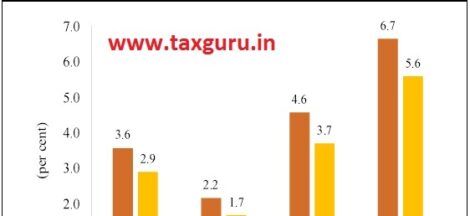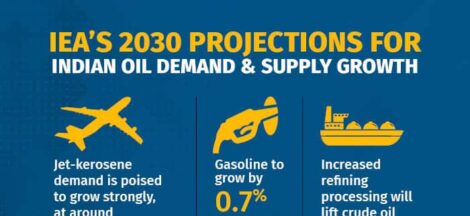NEW DELHI: Co-lending charges levied by non-banking finance companies (NBFCs) will soon be subjected to 18% Goods and Service Tax. The levy may be on 0.5-1% of the loan amount.
This follows the NBFCs and banks having agreed to the presence of a service component in such arrangements, ending months of wrangling over the matter, sources told FE.
The move comes at a time when co-lending is given a policy boost by the Reserve Bank of India. Co-lending assets under management (AUM) of NBFCs is believed to have crossed Rs 1 lakh crore. The model, introduced six years ago, is seen to grow at a robust rate of 35-40% annually.
Currently NBFCs largely source loan proposals in co-lending with banks. However, no GST is paid on the service charges, as NBFCs argue that extra interest corned by them in such cases is “income.”
Typically, in co-lending arrangements (CLAs), sourcing NBFCs finance 20% of the loan amount to the customer, while banks finance 80%.
The levy of GST on service charges in co-lending activities will likely be taken up in the next GST Council meeting, the sources said, adding that it would provide complete clarity on the matter.
According to the sources, the department of revenue has asked Finance Industry Development Council (FIDC), a representative body of the NBFCs, to provide a proposal regarding the minimum value of service charges in CLAs at the earliest. This would serve as a floor.
While co-lending partners would retain the flexibility to determine the actual charges, GST would apply on the higher of this minimum or the actual charge.
Recently, FIDC, Indian Banks Association, department of financial services and department of revenues held parleys on the matter to arrive at a consensus on the presence of a service component in CLAs, which is often not stated.
The Directorate General of GST Intelligence (DGGI) has been investigating banks and NBFCs to determine whether there has been any GST evasion in the co-lending business model adopted by these entities.
In CLAs, FIDC had earlier said that NBFCs charge a higher rate of interest purely in the nature of interest on loan and contended that this is not a consideration for any service, and so, should not be subjected to the GST.
The interest from the co-lending business is shared in a predefined ratio. For instance, if a co-lender charges a blended rate of interest of 16% to the customer with banks entitled to receive 10% on its share, the balance 6% received from the customer on bank’s share of the loan is retained by the sourcing NBFC. The NBFC, however, is also entitled to receive the interest component at the blended rate of interest on its share in the loan.
FIDC had argued that the difference between the blended rate of interest charged from the borrower and interest paid to the banks/ financial institutions on the co-lent loans is known as the “Excess interest spread”. This merely represented the interest on the NBFCs’ share in the co-lending model and was certainly not in the nature and spirit of any charge or fee. This excess interest spread was an “interest income” which was subject to the levy of income tax and is in no manner (by nature and spirit) a fee or a charge and is therefore not subject to the levy of GST.
The decision to go ahead with GST on such charges assumes importance as the Reserve Bank of India has recently floated a draft on the revised CLA framework, which proposes to widen its ambit to include a wider range of regulated entities, including all India Financial institutions. It also proposed to increase scope of co-lending guidelines: Unlike the current guidelines, which apply only to the priority sector lending (PSL) category, the draft guidelines cover all loan segments, expanding the scope of the co-lending space in India. The framework does not recommend the proportion in which regulated entities would share risk and reward in a CLA, making it more flexible.
In April 2024, Crisil in a report said, co-lending assets under management (AUM) of NBFCs is nearing Rs 1 lakh crore after more than 5 years since the model came into being. Over the medium term, growth momentum is seen healthy at 35-40% annually, amidst rising interests of partners – NBFCs as well as banks, it said.
Source: The Financial Express



